Your skin is the largest organ of your body.
One of its many functions is to cover and protect your body from germs and infections.
However, there are times when the skin can become infected when germs penetrate the skin and spread. This can cause pain, swelling and redness.
There are a wide variety of germs that can cause skin infections. The most common conditions are caused by bacteria, viruses, and fungi.
Symptoms and treatment depend on the type of infection and its severity. In this article we will explore bacterial and fungal skin infections, their symptoms, and treatments.
Bacterial Skin Infections
Bacterial skin infections develop when bacteria enter through hair follicles or through small breaks in the skin that result from scrapes, punctures, surgery, burns, sunburn, animal or insect bites, wounds, and preexisting skin disorders.
What Causes Bacterial Skin Infections?
Some skin infections can be caused by bacteria that breaks through the skin barrier.
Infections can invade normal skin, however if you have a compromised skin barrier you will be more prone to bacterial skin infections e.g., via a cut, scratch, or existing skin condition like atopic dermatitis.
Staphylococcus aurus (staph) and Streptococcus pyogenes (strep) are two kinds of bacterium that are the most common cause of bacterial skin infections. They can cause skin infections such as boils, cellulitis, and impetigo.
Common Types of Bacterial Skin Infections and Treatments
- Boils and abscesses
When a hair follicle or sweat pore becomes infected with bacteria a red lump or pimple will form. This can fill with yellow or white pus, swelling typically to pea sized. If boils continue to get larger and deeper, they can form an abscess which is a build-up of pus within an area.
Treatment: you can treat a small boil at home by applying a warm compress. This will help a boil mature and drain naturally. Apply a warm washcloth for several minutes, a few times a day. The boil usually will open and drain after a few days. - Cellulitis (sell-you-ly-tis)
Is an infection that affects the deeper layers of skin leading areas of skin becoming discoloured, hot, swollen, and painful. The discolouration and swelling can spread quickly. Cellulitis can occur anywhere on the body, and on darker skin tones may appear dark brown, grey, or purple.
Treatment: if you believe you have cellulitis you should see a doctor. To treat mild cellulitis affecting a small area of skin, your doctor will prescribe antibiotic pills to be taken orally. - School Sores or impetigo (im-pay-ty-go)
Is a common contagious skin infection caused by bacteria often seen in children. It causes sores and blisters on the outer layer of the skin, often on the face, arms, and legs. You may first notice reddish sores clustered around the nose and lips which quickly form blisters that ooze and form a yellowish crust.
Treatment: mild school sores can be treated with a topical antiseptic or antibiotic medicine that is applied daily to the affected areas. These creams or ointments can be provided by a pharmacist without a prescription. - Fungal Skin Infections
Fungi are microscopic organisms that live everywhere. Most often fungi are passed on through close contact with soil, animals, and other people.
They generally live in moist areas of the body, and don’t cause any problems for you skin. If conditions lead to fungi multiplying at an increased rate, or penetrating the skin, it can lead to a fungal skin infection.
What Causes Fungal Skin Infections?
Because fungi thrive in moist, warm environments they tend to cause infections in sweaty, damp areas of the body that may not get much airflow. Examples of these areas are between the toes, groin, under folds of the skin, under nails, scalp, and under breasts.
You can acquire a fungal skin infection from other people by through direct skin contact, or by contact with fungi living in moist or sweaty clothes, footwear, or communal areas.
Areas could include gyms (especially gym mats used for stretching or wrestling), hot tubs, saunas, changing rooms, and public showers.

Common Fungal Skin Infections
- Athlete’s foot
Athlete’s foot is the most common fungal skin infection and is often seen between the toes. It can be caught easily in communal spaces that are moist and warm. Skin between the toes can become white, cracked, and flaky. Other symptoms can include redness, itchiness, burning, blisters, or if severe weeping areas of skin. - Ringworm
Ringworm can be identified by its round appearance with a flat centre and red scaly edge. Ringworm is often itchy. It can appear on your arms, legs, face, scalp, stomach, and back. It can often be caught from contact with cats and dogs. - Jock itch
Jock itch is a very itchy red rash that affects the groin, genitals, inner thighs, and lower buttocks. It often occurs in males, though women can also get it. You are more likely to get jock itch if you wear tight-fitting underwear, which can cause you to sweat and restrict air circulation of the area creating an ideal environment for fungi to grow. - Nappy rash
Nappy rash caused by a fungal infection will often present as bright red, and raw rash that appears in the skin folds around a baby’s bottom. A baby’s skin is soft and sensitive to the fungi that can be passed from the bowel to spread and grow in warm, wet, nappies. - Fungal nail infections
More common in toenails than fingernails, these infections cause nails to be discoloured (yellow, white, or brown), thickened, and either brittle or crumbly. In most cases this occurs when people have athlete’s foot, and the infection spreads to the toenails.
Treatment of Fungal Skin Conditions
Fungal infections can be treated with anti-fungal medicines.
There are a range of anti-fungal products available including topical anti-fungal medications that are available from pharmacies without a prescription, examples include clotrimazole and miconazole.
Many fungal skin infections will eventually improve in response to over-the-counter treatments. Nail infections are more difficult to treat because nails take a long time to grow.
Preventing Fungal Skin Infections
There are some simple changes you can make to your lifestyle to lower your risk of fungal skin infections:
- wear jandals, or other suitable footwear in communal showers and changing rooms
- dry your body well after bathing, especially in the areas more prone to fungal infections
- don’t share towels, clothing, or shoes
- wear clean loose fitting underwear
- take your pet to the vet if you think they have a fungal infection
- change babies nappies as soon as possible after soiling. Use barrier cream to protect the skin.
Our skin is home to millions of bacteria and fungi which make up part of the skin microbiome. Sometimes the skin barrier is broken, or circumstances arise where the natural balance of bacteria and fungi is disturbed. This can result in a range of skin infections, with different symptoms depending on what has caused the infection.
Bacterial and fungal skin infections are often treatable at home through self-care, and treatments from the pharmacy.
If you are concerned about signs of a skin infection, a pharmacist can offer advice, treatment and refer you to a doctor if necessary.

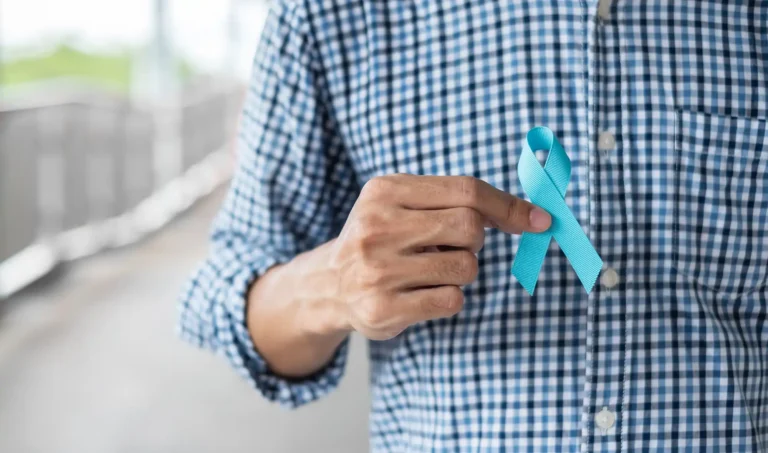




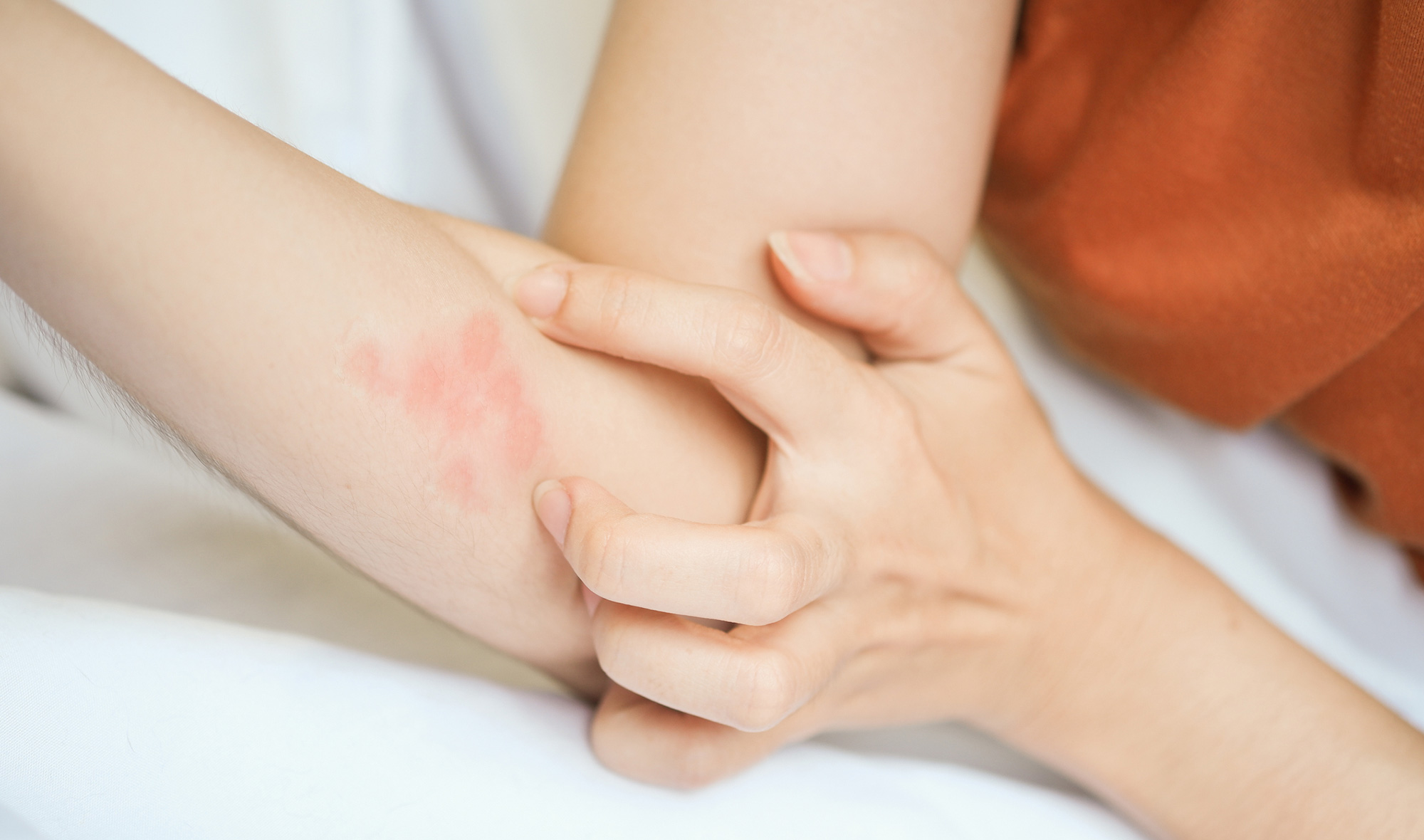


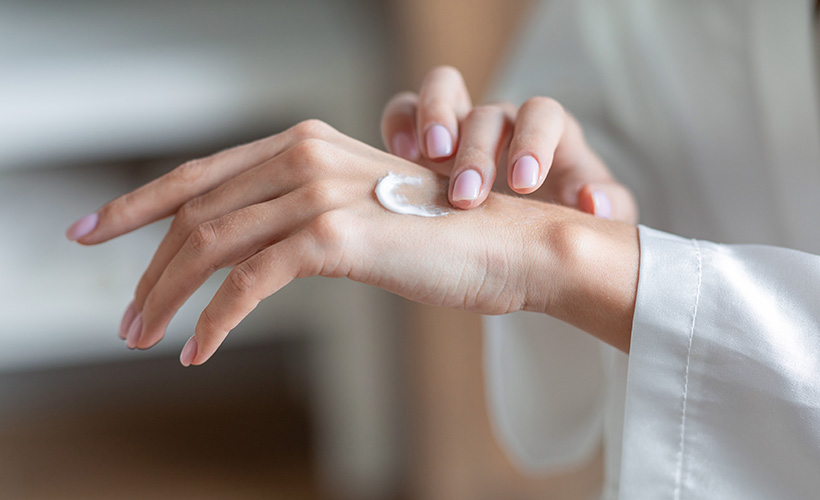
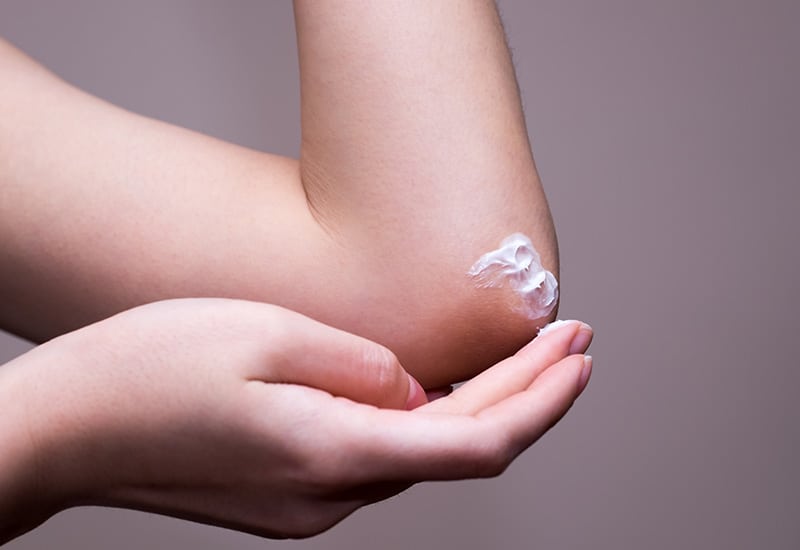




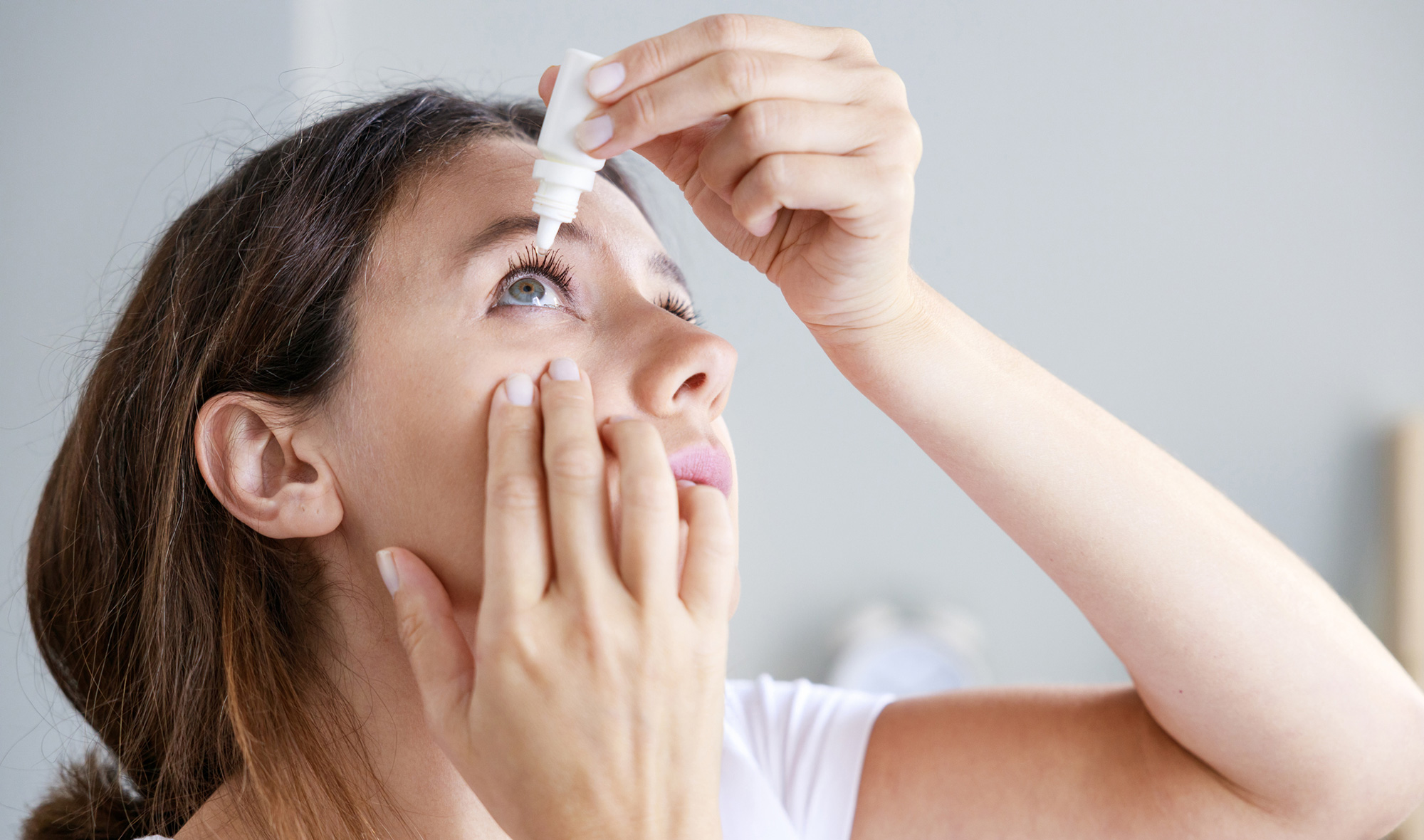
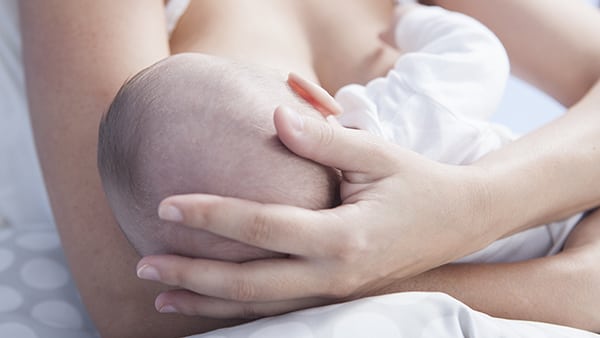
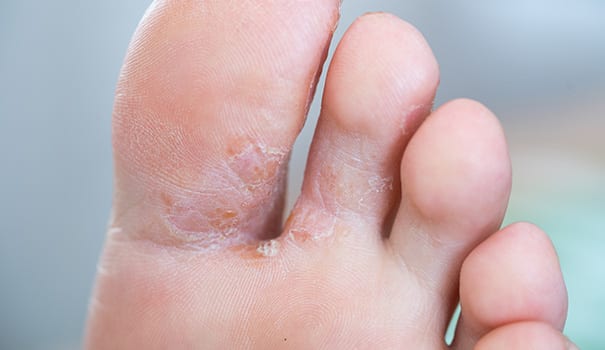

Community